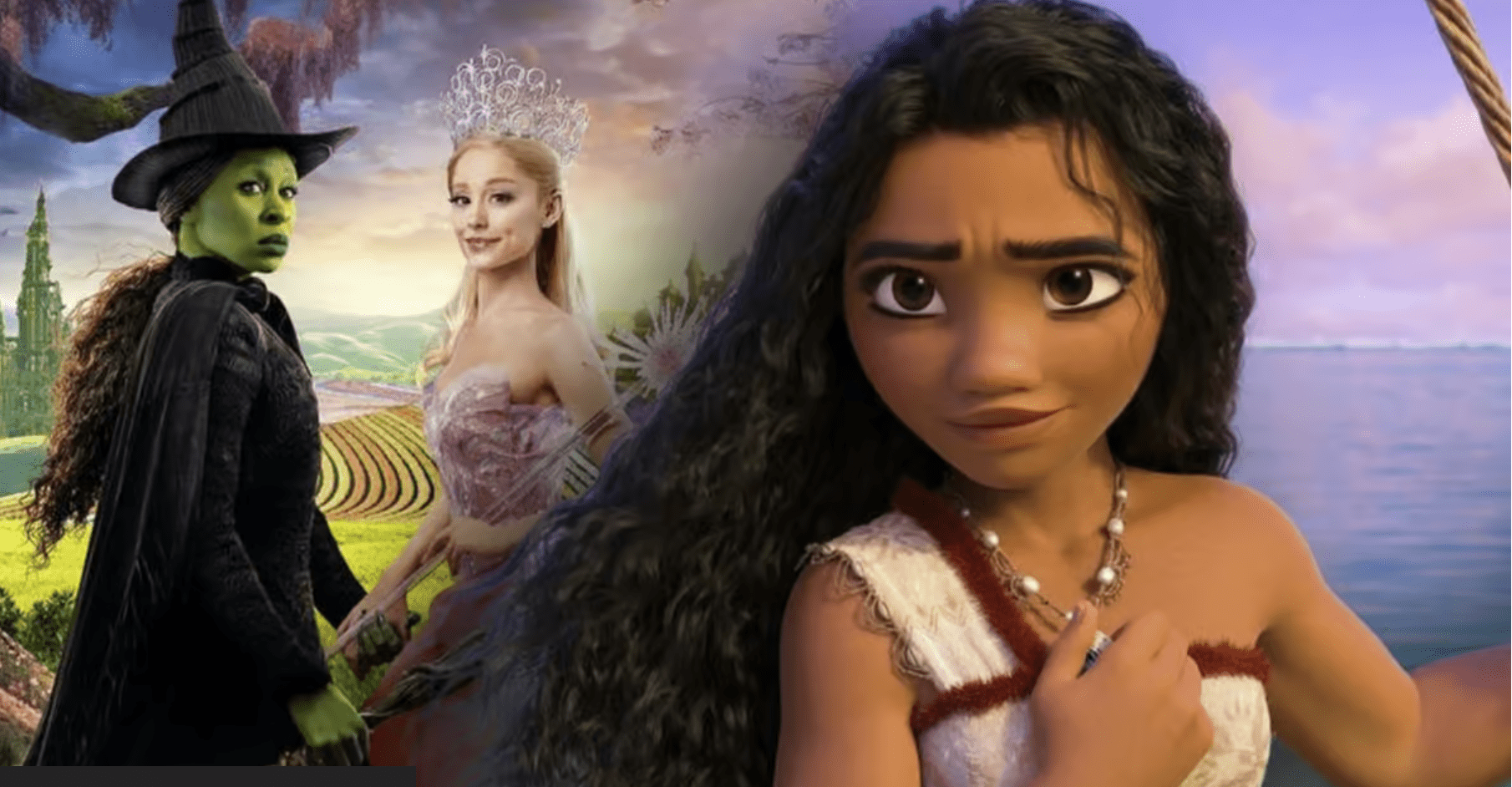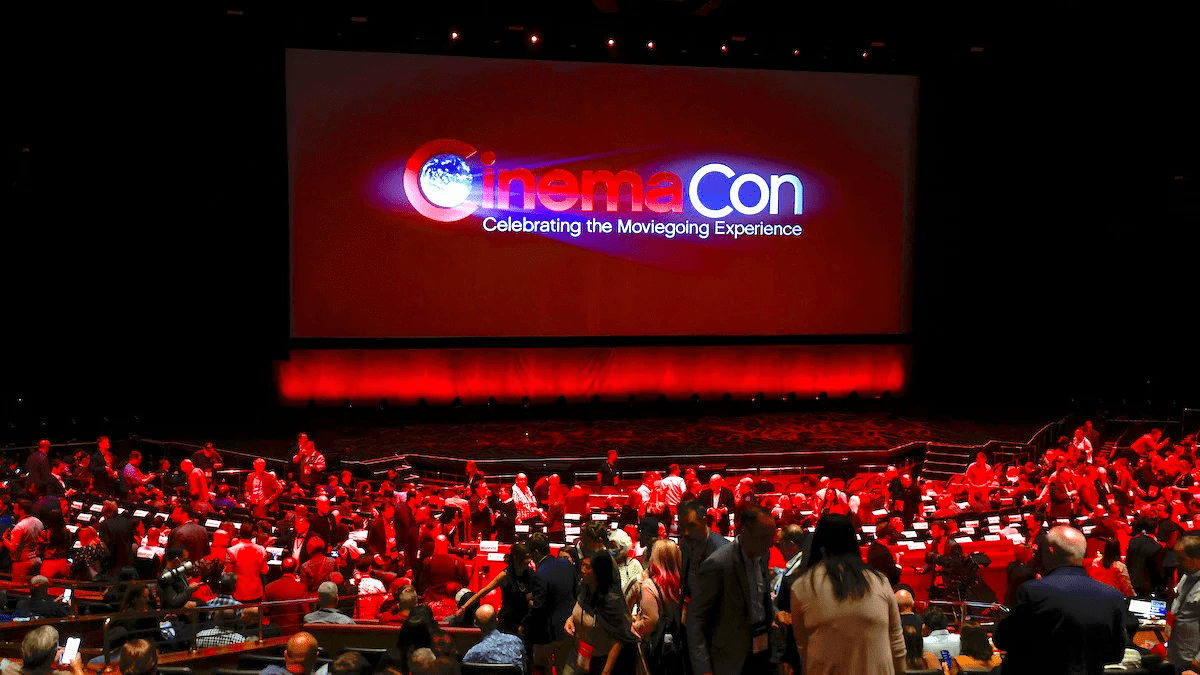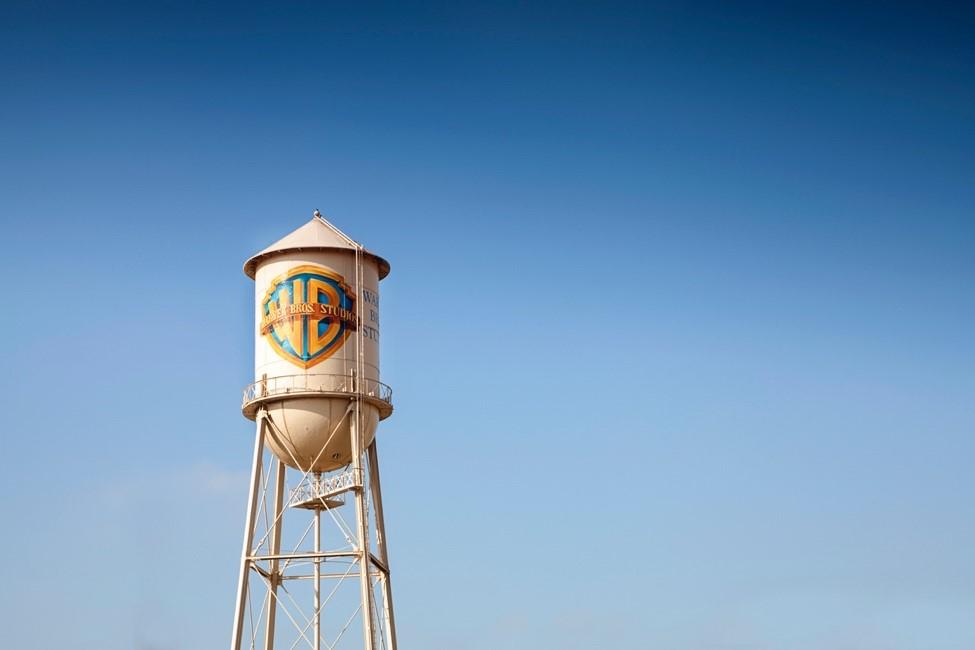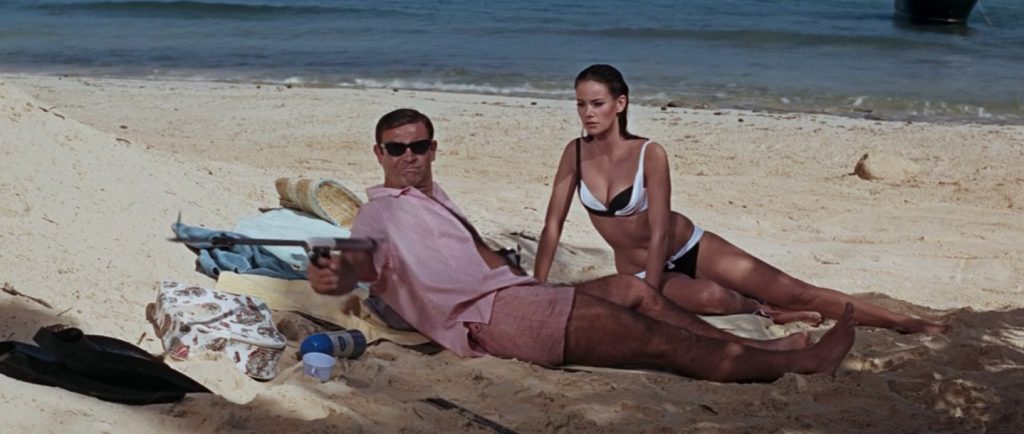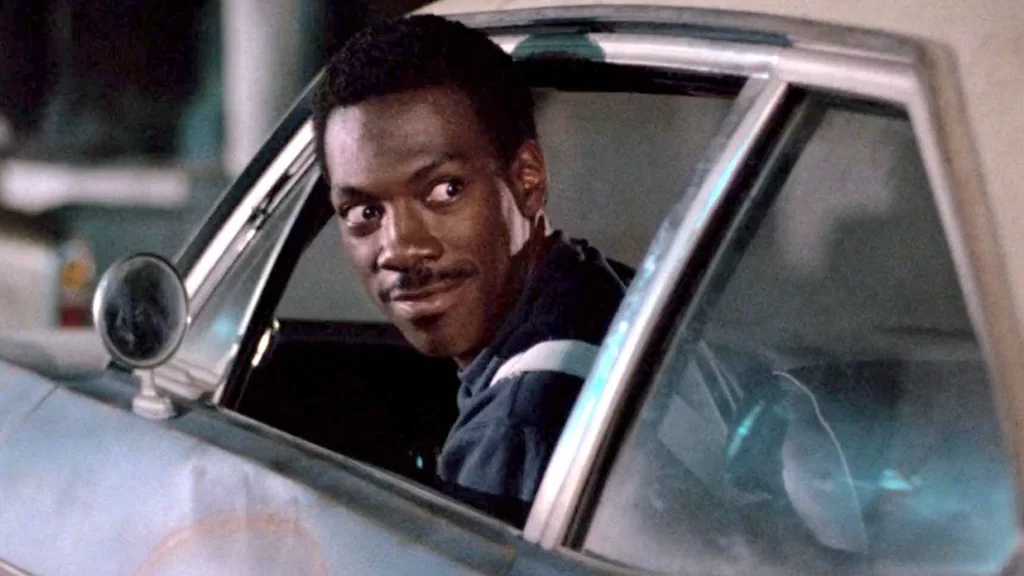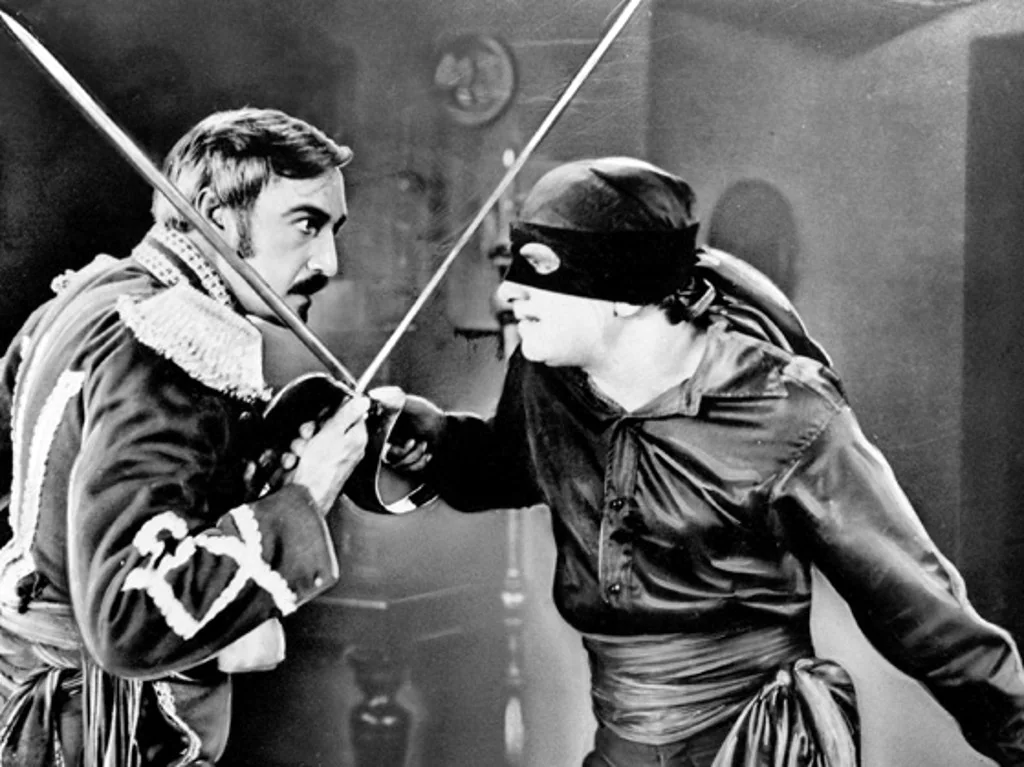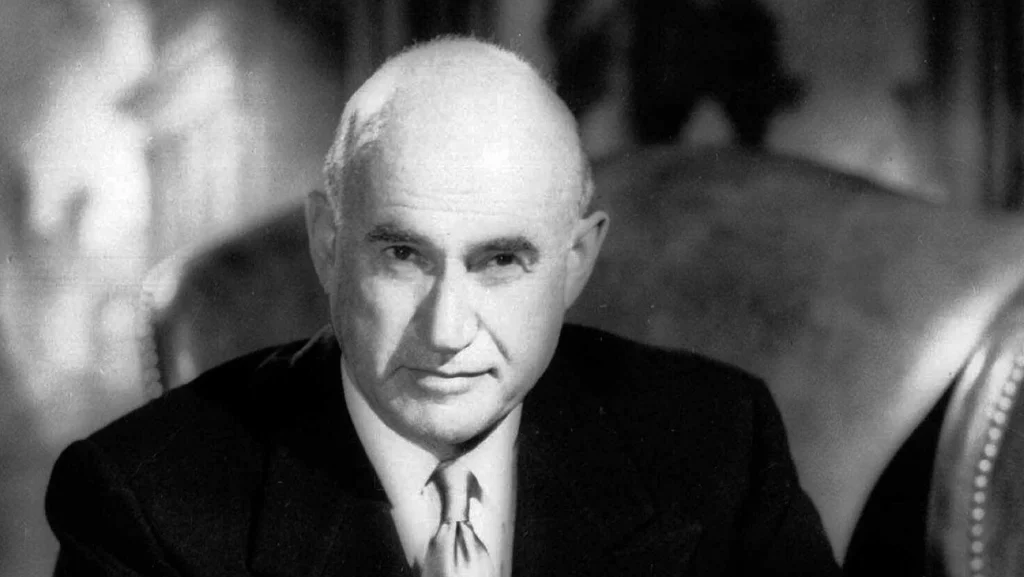When “CAPTAIN AMERICA” came to life at movie theatres on Feb. 5, 1944, as a weekly Republic Pictures serial, Timely Comics was unhappy that its superhero on screen was nothing like his famous comic book self.
Timely, which evolved into Marvel Comics in the 1960s, had done a deal with Republic, a leading indie distributor of low budget westerns & serials at the time, to bring CA to the big screen. The 15-part serial, the first time a Marvel character went Hollywood, turned out to be Republic’s final superhero serial and its most expensive at about $223,000.
Serials were part of the overall entertainment program moviegoers saw at cinemas in the 1930s and ’40s. Over the years, Republic got a reputation for changing characters for its serials, but with CA the differences with the comic book superhero were so great that Timely was furious.
To begin with, U.S. Army Private Steve Rogers wasn’t even in the serial. Instead, Captain America’s alter ego was Grant Gardner, a crime-fighting District Attorney. The comic book took place during World War II with Rogers as a weakling who’s turned into the ultimate fighter thanks to a Super-Soldier Serum experiment. But there was nothing like that in the serial. Captain America’s signature red, white & blue shield was replaced by a gun. CA was famous for fighting Nazis, but there weren’t any Nazis in the serial. The comic book Captain’s sidekick, Bucky, was gone. In Republic serials, unmasking the villain’s identity was a key plot point in the final chapter, but in this one, it was known from the start.
What may have accounted for Republic’s extensive reworking of the comic book’s storyline was that the studio already had a script for an unproduced sequel to its 1940 serial “MYSTERIOUS DOCTOR SATAN” about a masked hero called The Copperhead. Perhaps Republic hoped to recoup its costs for that screenplay by turning it into a new CA serial. When Timely took issue with the changes, Republic replied Timely hadn’t given it materials explaining Captain America was Steve Rogers, a soldier with a shield rather than a gun. Republic also claimed Timely’s complaints were untimely because production was already well underway and changes were impossible.
 In the end, Republic won by pointing out, as Hollywood still does today, that it wasn’t under any contractual obligation to do anything Timely was upset about.
In the end, Republic won by pointing out, as Hollywood still does today, that it wasn’t under any contractual obligation to do anything Timely was upset about.
“I wrote the name ‘Super American’ at the bottom of the page and then decided – No, it didn’t work. There were too many ‘Supers’ around. ‘Captain America’ had a good sound to it. There weren’t a lot of captains in comics. It was as easy as that.”
– Joe Simon, creator of the Captain America comic book character




